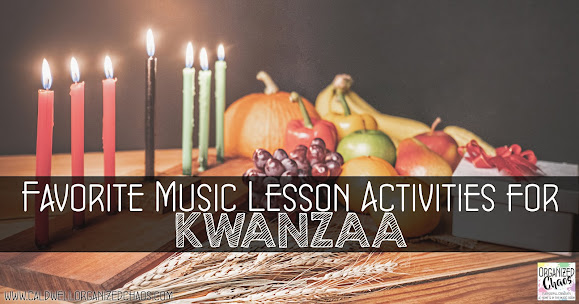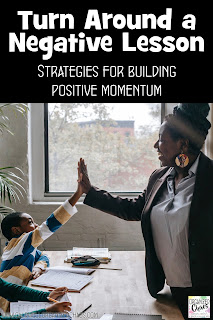It's hard to believe another year has passed but here we are! Looking back on posts from the year is always fun for me because I forget what I've written about and it's so interesting to be reminded of what I wrote. My blog is a reflection of what is on my mind so these top posts are, I think, a reflection of what we as a profession have been thinking about and discussing this year- here are the top 10 most read posts that I wrote in 2022.
10: Upbeat, school-appropriate songs (without being "kids' versions") that are perfect for field day, slideshows, or any dancing/ movement game:
9: These songs have been passed around in music education workshops, books, and resources as originating in other countries but they are actually written by US Americans:
8: Why it's harmful to use the term "specials", and what terminology you can use instead:
7: A treasure trove of lesson ideas and resources for finding lesson ideas by concept and skill, and the actual curriculum writing process:
6: These are some of my favorite lesson activities for different ages to teach triple meter:
5: Lunar New Year lesson activities, including not just China but Korea and Vietnam as well, for a broad range of ages:
4: A simple formula for a competitive game to drill/ practice pitch concepts, whether it's treble or bass clef letter names or solfege:
3: Lesson ideas and resources for introducing elementary age students to elements of hip-hop including break dancing, DJing, and beatboxing:
2: Lesson ideas and resources for introducing the history, background, and context of hip-hop in elementary music:
1. A complete list of songs, and how I do a "march madness"-style bracket with the whole school, with instrumental pieces that convey different emotions:


















